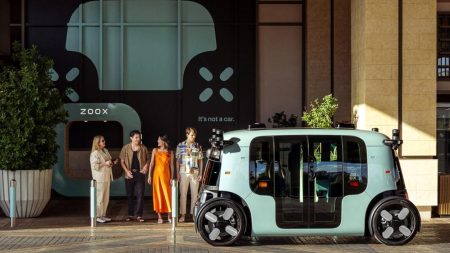NTT has introduced its Innovative Optical Wireless Network (IOWN) technology platform as a means of exploring new communication infrastructure using low-power technologies, including photonics. This platform aims to provide high-speed broadband communication and computing resources by utilizing optical technologies. NTT promotes the concept of embryonic experimentation in software development to tackle challenges such as unsustainable energy consumption, data privacy issues, and rising costs of medical care in an ageing population.
President and CEO of NTT Research, Inc., Kazuhiro ‘Kazu’ Gomi emphasizes the need for non-linear thinking and invention in addressing complex challenges. The company calls for software engineers to engage in basic research to develop technology innovations that will have a long-term impact on society. Building technology with photonics is described as an embryonic process that encourages disruptive thinking and exploration of new approaches. NTT aims to revolutionize the industry with the development of a Quantum Neural Network and harnessing the power of photonics.
NTT Research is primarily focused on pure/basic research, where engineering teams work on embryonic-level projects that may not come to market immediately. This level of engineering is characterized by a curiosity to understand how things work fundamentally and a willingness to explore new technologies. The company believes that the right people should be in the right roles to drive innovation and productize emerging technologies. NTT Research is working on hardware developments using photonics technology, which will impact technology use cases in various industries in the coming decades.
NTT’s ‘tsuzumi’ Large Language Model (LLM) integrates visual reading technology to comprehend and process graphical elements within documents like images, charts, and diagrams. The visual reading technology enhances the existing capabilities of the LLM in a cost-effective and energy-efficient manner. NTT researchers aim to give AI-powered tools ‘eyes’ by integrating visual reading technology into the LLM. This lightweight and low-power LLM reduces energy consumption and costs associated with training, making it suitable for business applications across various industries.
NTT researchers envision four primary use cases for the enterprise deployment of the tsuzumi LLM and visual reading technology, including customer experience solutions, employee experience solutions, industrial value chain transformation, and software engineering assistance. The company is conducting commercial trials of the LLM and has consulted with over 500 companies worldwide on potential technology adoption. NTT emphasizes the importance of experimental prototyping and encourages embracing experimentation, especially in emerging fields such as photonics, to drive innovation and technological advancements.
As technology continues to evolve rapidly, NTT Research recognizes the importance of embracing experimentation, especially in nascent and ephemeral fields like photonics. The company encourages software engineers and technologists to explore new approaches and technologies to address complex challenges in today’s rapidly changing technological landscape. By fostering a culture of innovation and exploration, NTT aims to revolutionize the industry with cutting-edge developments in photonics and other emerging technologies, ultimately shaping the future of IT.













